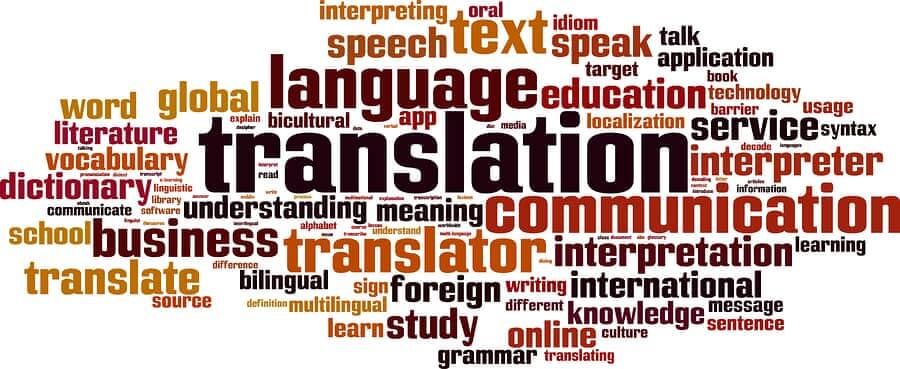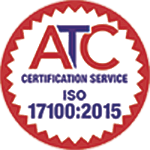
Like any country with its own language, the medical field has its own too. This is so communication between medical professionals can take place quickly and efficiently without the need for too much explanation. It’s a specific language that is not just used by nurses, doctors and other people who are actively involved in the medical arena but it is important for all other people in the medical industry, such as pharmacists and dentists. Its use can have a significant impact on ensuring the best patient care. Read More











